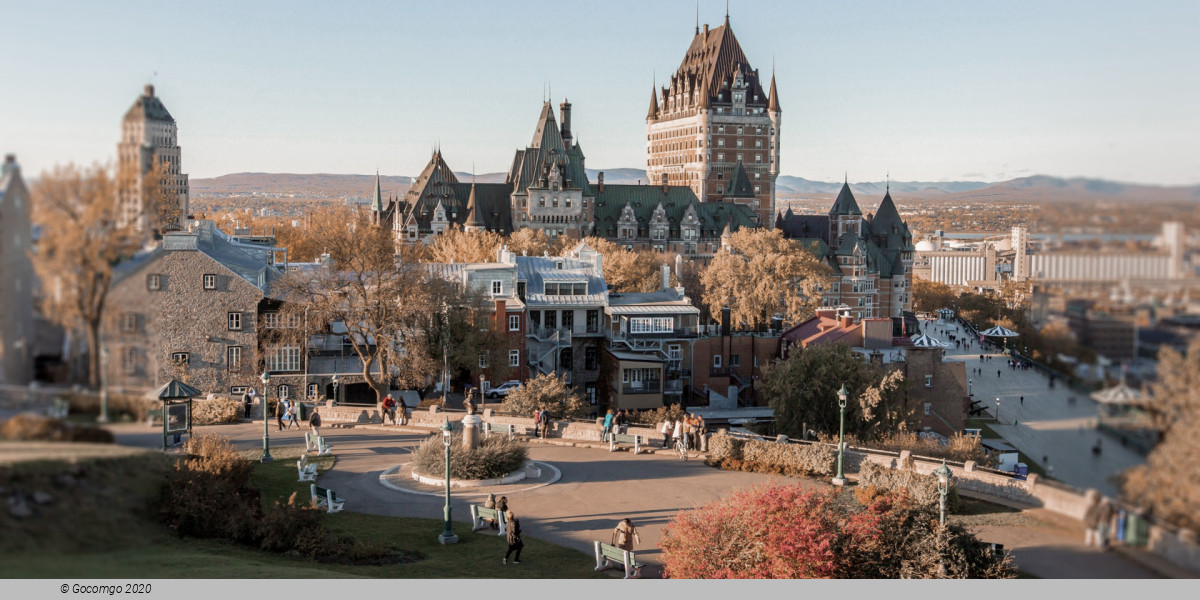Quebec City

Quebec City, officially Québec, is the capital city of the Canadian province of Quebec. As of July 2016, the city had a population of 531,902, and the metropolitan area had a population of 800,296. It is the eleventh-largest city and the seventh-largest metropolitan area in Canada. It is also the second-largest city in the province after Montreal. It has a strongly continental climate with warm summers coupled with long, cold and snowy winters.
The Algonquian people had originally named the area Kébec, an Algonquin[note 1] word meaning "where the river narrows", because the Saint Lawrence River narrows proximate to the promontory of Quebec and its Cape Diamant. Explorer Samuel de Champlain founded a French settlement here in 1608, and adopted the Algonquin name. Quebec City is one of the oldest European cities in North America. The ramparts surrounding Old Quebec (Vieux-Québec) are the only fortified city walls remaining in the Americas north of Mexico. This area was declared a World Heritage Site by UNESCO in 1985 as the "Historic District of Old Québec".[15][16] The city's landmarks include the Château Frontenac hotel that dominates the skyline and the Citadelle of Quebec, an intact fortress that forms the centrepiece of the ramparts surrounding the old city and includes a secondary royal residence. The National Assembly of Quebec (provincial legislature), the Musée national des beaux-arts du Québec (National Museum of Fine Arts of Quebec), and the Musée de la civilisation (Museum of Civilization) are found within or near Vieux-Québec.

